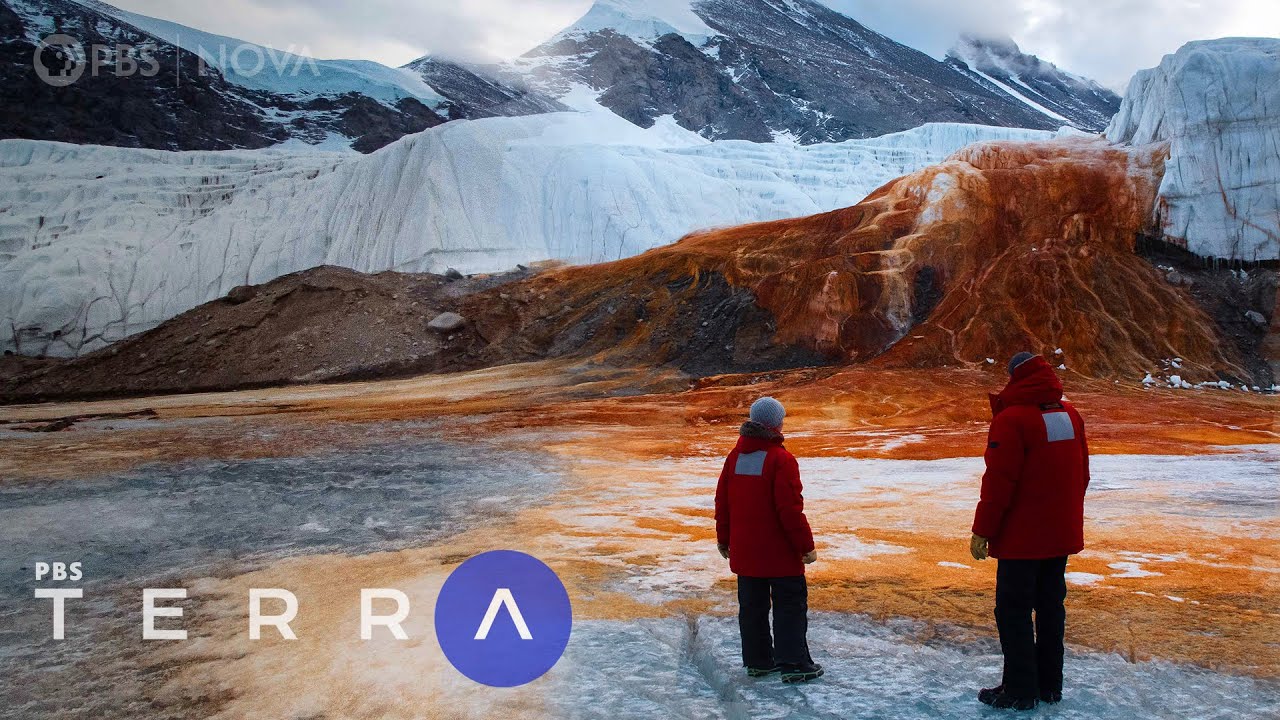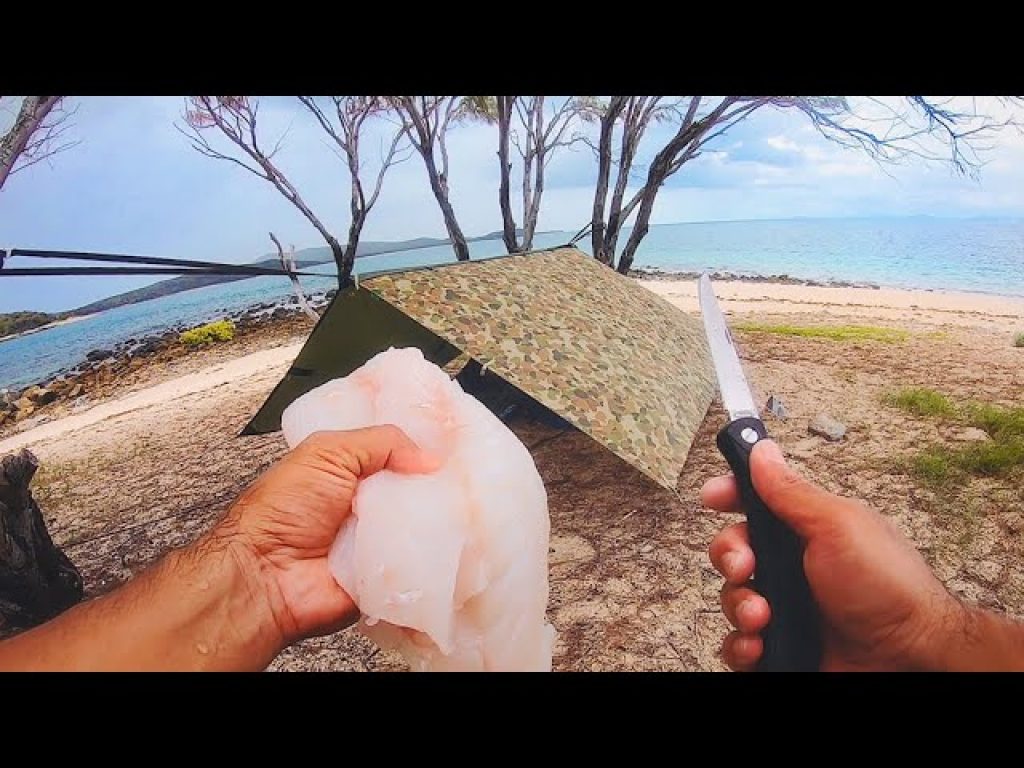Why is this Antarctic Glacier “Bleeding?”

A stunning phenomenon has been observed in Antarctica, as scientists have discovered that a glacier in the region is “bleeding” a mysterious red liquid.
Located in the Taylor Valley of East Antarctica, the Blood Falls glacier has long captivated researchers and visitors with its vivid crimson streaks flowing down the icy white surface.
The source of the Blood Falls’ unique hue was a mystery for many years, with early explorers speculating that it was caused by red algae or iron deposits.
However, recent studies have shed new light on this intriguing natural wonder. It turns out that the “blood” is actually a high-saline, iron-rich water that has been trapped beneath the glacier for over a million years.
So why is this Antarctic glacier bleeding? The answer lies in the unique geology of the region. The Taylor Valley is a dry, cold desert environment cut off from the rest of the world by the Transantarctic Mountains. This isolation has created a perfect environment for the Blood Falls glacier to form and for the subglacial water to remain liquid.
As the glacier slowly flows downhill, the ice melts and releases the iron-rich water through fissures in the ice, creating the striking red streaks that give the glacier its name. The high-saline nature of the water also prevents it from freezing, allowing it to flow freely despite the frigid temperatures of Antarctica.
The discovery of the Blood Falls glacier has provided scientists with valuable insights into the extreme environments of Antarctica and the potential for life to exist in such harsh conditions. The iron-rich water flowing from the glacier could provide a habitat for ancient microbes, similar to those found in deep-sea hydrothermal vents.
Furthermore, the “bleeding” of the glacier serves as a visible reminder of the impacts of climate change on the polar regions. As temperatures rise and glaciers melt at an accelerating rate, the unique features of Antarctica, such as the Blood Falls glacier, may be at risk of disappearing.
In conclusion, the Antarctic glacier Blood Falls is a fascinating natural phenomenon that has intrigued scientists and visitors for decades. Its striking crimson streaks are a testament to the region’s unique geology and provide valuable insights into the extreme environments of Antarctica. As climate change continues to impact the polar regions, the future of the Blood Falls glacier and other unique features of Antarctica remains uncertain.









Watch This Caterpillar Turn Into A Puss Moth
Van Life with Wee Man | Converted Mercedes Sprinter
I Only Ate Food That I Grew Or Foraged For One Year
How a Tranquilizer Dart Works in Slow Motion
GoPro Awards: Million Dollar Challenge Highlight in 4K